Rank Species | Genus Eucalyptus Higher classification Gum trees | |
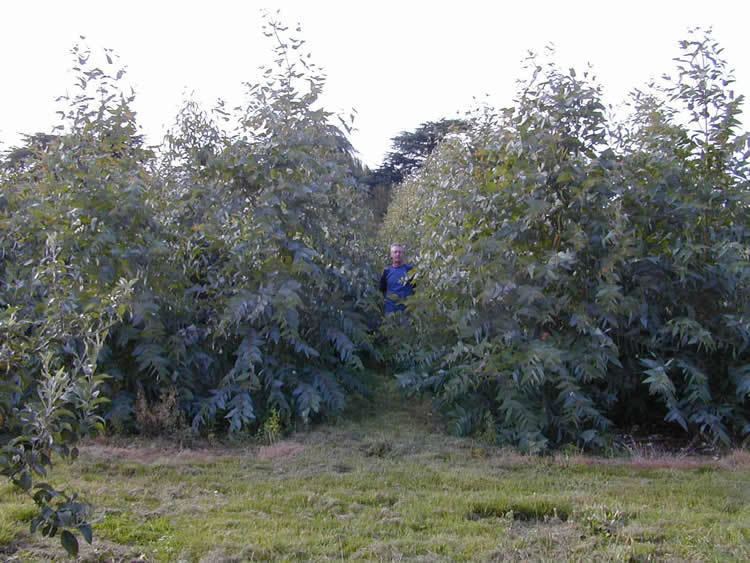 | ||
Similar Gum trees, Eucalyptus globulus, Eucalyptus regnans, Eucalyptus delegatensis, Eucalyptus grandis | ||
Eucalyptus nitens salt spring island canada
Eucalyptus nitens, commonly known as shining gum, is a Eucalypt species native to Victoria and eastern New South Wales, Australia. It grows in wet forests and rainforest margins on fertile soils in cool high-rainfall areas.
Contents
- Eucalyptus nitens salt spring island canada
- Forestry talks water use of eucalyptus nitens plantations in the florentine valley sandra roberts
- Description
- Uses
- Possible toxicity
- Biometric
- References
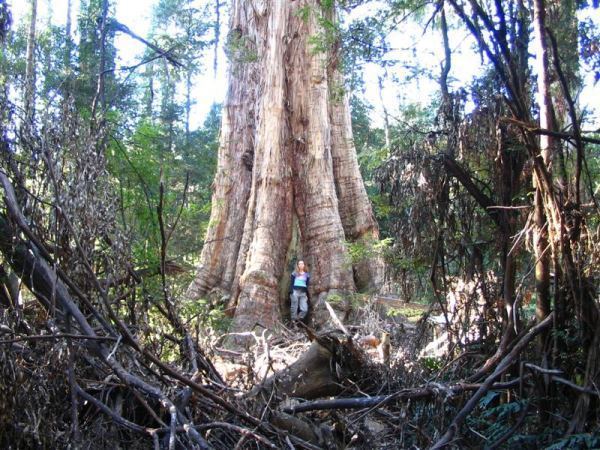
Forestry talks water use of eucalyptus nitens plantations in the florentine valley sandra roberts
Description
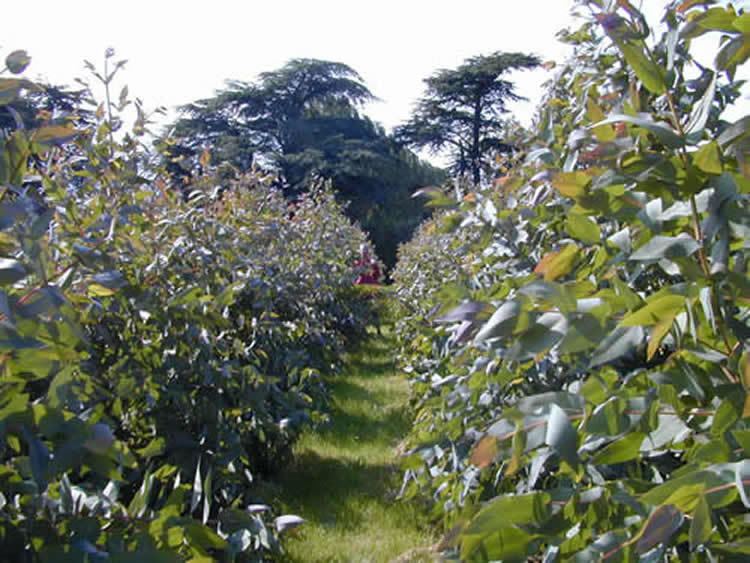
Eucalyptus nitens is a tall to very tall forest tree growing to 60 m, in Victoria occasionally to 90 m tall. Bark is persistent on lower trunk, grey to grey-brown, fibrous-flaky, smooth above, white, grey or yellow, shedding in long ribbons. The juvenile leaves are opposite, ovate to elliptic, cordate, glaucous, and the adult leaves narrow-lanceolate or lanceolate, 15–25 cm long, 1.5–2.5 cm wide, green, glossy, concolorous. The inflorescence is 7 flowered, the peduncle narrowly flattened or angular, 6–15 mm long. Buds are sessile, ovoid or cylindrical, 5–7 mm long, 3–4 mm in diameter, the ring scar caused by shedding of outer operculum is present; the calyptra is conical, acute or obtuse, shorter than and as wide as hypanthium. The fruit is cylindrical or ovoid, 4–7 mm long, 4–6 mm in diameter; the disc is depressed and the valves enclosed or rim-level.
Uses
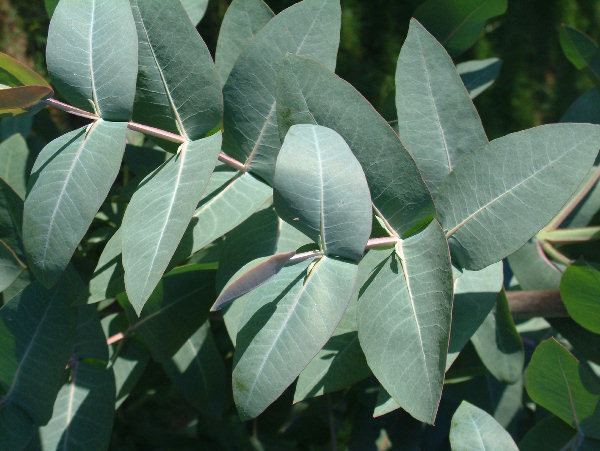
In Tasmania Eucalyptus nitens is one of the most important plantation tree species along with Eucalyptus globulus (Tasmanian blue gum) and Pinus radiata (Monterey pine). The timber is mainly used in general construction but is beginning to be used in furniture where the discolourations may be a feature.
Possible toxicity
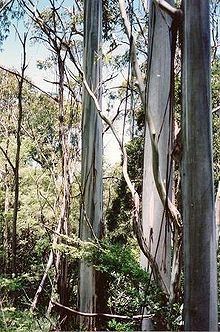
Extracts from Eucalyptus nitens leaves have been found to be toxic to mollusc larvae. However, this study did not compare the toxicity of Eucalyptus nitens with other species and it is not known if it is any more or less toxic than other eucalypts. Eucalyptus oil, which is extracted from the leaves of eucalypts, is known to be toxic and have antiseptic properties.
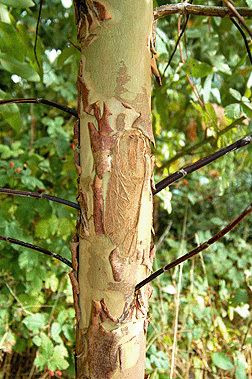
Toxicological studies (in six laboratories) reported on the Australian Broadcasting Corporation's Australian Story program Feb 2010 found that the surface scum (foam) collected from a river supplying water to a Tasmanian town kills water fleas, mollusc larvae and human cell lines, and it was reported on the same program that "a large increase in cancer sufferers and a lot of people with rheumatoid arthritis, scleroderma, lupus" might have the same cause. However, studies commissioned by the Tasmanian Department of Health and Human Services found no reliable evidence that people who source water from this river are less healthy than people living elsewhere. Furthermore, although the Australian Story programs implied that Eucalyptus nitens plantations were the source of the toxins (which initiated widespread claims that such plantations represented 'toxic plantations' or 'poisonous plantations'), foam samples from native forest catchments devoid of both plantations and Eucalyptus nitens had previously been found to be similarly toxic. These natural toxins are highly concentrated (approximately 1400 fold) in river foam.
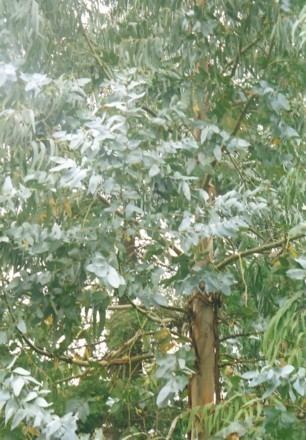
The claims and all available scientific data relating to the issue were reviewed by an Environment Protection Authority appointed group (established by Premier Bartlett) of eminent scientists from the University of Tasmania, Griffith University, Monash University and CSIRO in the first half of 2010. It was conclusively found by them that the water quality of the George River is of excellent standard, the cancer rates within the catchment are no higher than the Tasmanian average, and that any concern raised regarding the toxins in water foam was largely due to erroneous sampling techniques in the aforementioned toxicological studies. In June 2011 an internal ABC investigation found that the programs in question fell short of ABC editorial standards relating to contextual accuracy and balance.
After the Australian Story went to air the Tasmanian Director of Public Health, Dr Roscoe Taylor, had had an activated carbon purification system added to the St Helens water treatment plant. Dr Taylor stated at the time of its installation that "No scientific evidence has been presented to confirm the drinking water in St Helens was unsafe for human health before this precaution was taken". The filter was not removed after the review panel published its report.
The rebuttal of the George River Water's Panels deliberations on the scientists research and findings (NIWA's scientist,Dr Chris Hickey) sent to the ABC in July 2010 was posted on the ABC website at the time of the ABC's managing director's statement in June 2011.
Biometric
Taper model for Eucalyptus nitens
